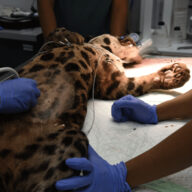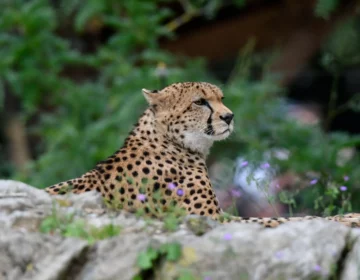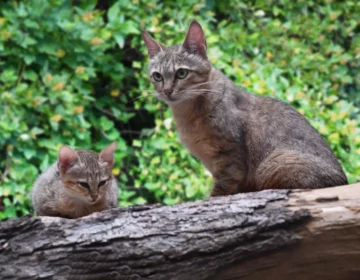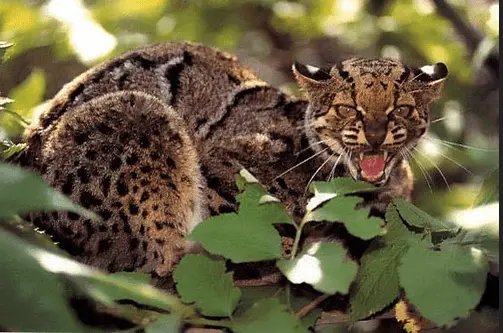
Marbled leopard
Pardofelis marmorata
Marbled leopard
APPEARANCE
The primary color is brownish-gray to reddish-brown. The sides and back of the body are covered with large, irregular brown to reddish spots surrounded by a black border. The large spots progress to small dark spots on the limbs, tail, and neck. The underside of the body is pale. Two black stripes extend from the inner corner of the eye, across the forehead back, and down the neck. The marbled leopard has a more rounded head than most other felines, a broad muzzle, and rounded ears. The tail is extremely long, almost as long as the total body length, and very fluffy. The marbled leopard holds its tail extended horizontally and does not drag it along the ground. The relatively short legs and long tail suggest an arboreal adaptation for this small cat.
DISTRIBUTION AND HABITAT
It is found from Nepal, Bhutan, and northeastern India to parts of Indochina. It is also found in Malaysia in Sumatra and Borneo.
It is strongly associated with forest habitats, mainly moist and mixed deciduous and evergreen tropical forests. It prefers remote moist forests and primary forests.
BEHAVIOR
The behavior of the marbled leopard is poorly understood. It is known to be a very good climber, being able to climb down from a tree with its head down.
FOOD
No research has been done on the diet of these cats. They are thought to feed on birds, tree squirrels, fruit bats, rodents (e.g., rats and mice), and possibly insects, fish, reptiles (e.g., lizards), and amphibians (e.g., frogs).
MAIN THREATS
The main threat to the marbled cat is deforestation. Southeast Asia has one of the highest and fastest rates of deforestation, mainly due to logging and conversion of forests to human settlements, agriculture, oil palm, coffee, rubber, and other plantations.
Bibliography
- Ross, J., Brodie, J., Cheyne, S., Datta, A., Hearn, A., Loken, B., Lynam, A., McCarthy, J., Phan, C., Rasphone, A., Singh, P. & Wilting, A. 2016. Pardofelis marmorata. The IUCN Red List of Threatened Species 2016: e.T16218A97164299. https://dx.doi.org/10.2305/IUCN.UK.2016-1.RLTS.T16218A97164299.en. Accessed on 27 February 2024.
- Sunquist, M., F. Sunquist. 2002. Wild Cats of the World. Chicago: University of Chicago Press
